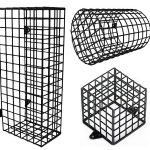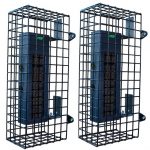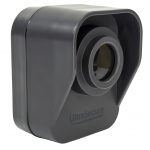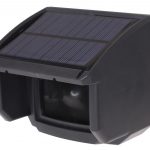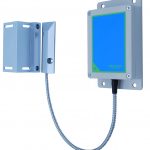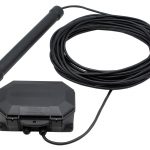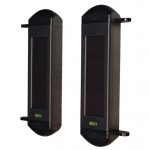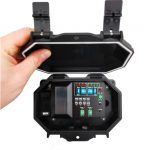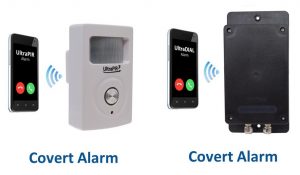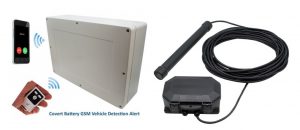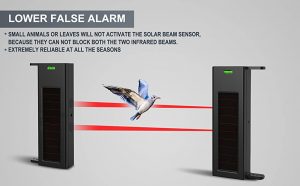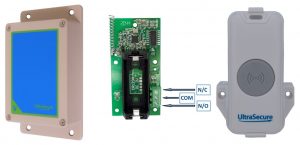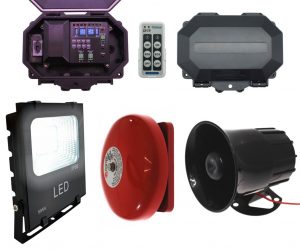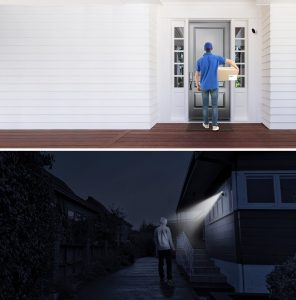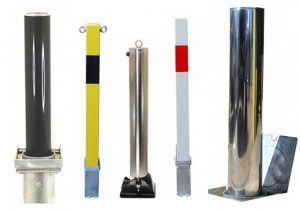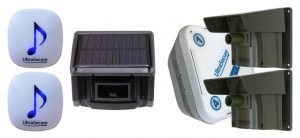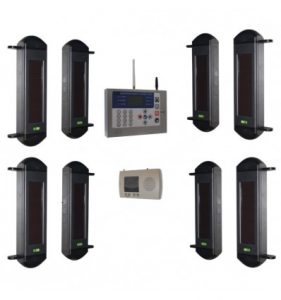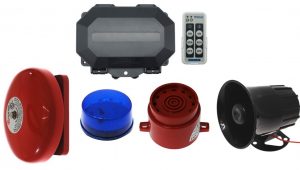Should I fit my Alarm Sensor or Camera inside a Protective Wire Cage ?
When using Alarm Sensors or CCTV Cameras Outdoors or inside External Buildings such as Sheds, Workshops & Garages it can be beneficial to utilize a Protective Cage in some cases, which can now be found on the market from various sources.
These will not only help to protect your Alarm Sensors or Cameras from Vandalism & Theft, but more importantly will also keep your Security in tact.
It is common for Burglars to visit a site before carrying out the Crime, this can be at night covertly or as brash as they come visiting during the day using some poppycock story about being lost, looking for Mr Smith or wanting to sell you something all the time having a good look around, and if you happen to be away from the property they can be even more intrusive.
If on these visits, they can quickly disable or hinder any of your Security it is in their Interest to do so, so making it harder for them to achieve this is important.
Protective Wire Cages can be purchased in many different shapes and sizes, or Bespoke models can even be obtained.
Outdoor Driveway Alarm PIR’s:
When using Driveway Alarms, there is really three sensible ways of fitting the PIR’s:
- Covertly (fit the PIR out of obvious sight, behind a bush, hanging plant, garden ornament etc).
- Hidden inside an object (birdbox, water butt, feed bucket etc).
- Fitted inside a Protective Wire Cage (which can also provide a visible deterrent).
Because of the nature of a Driveway Alarm PIR is to normally position it on the approach to your Home or Business (as it is often the advanced warning system), making them probably one of the most vulnerable type of Alarm Sensors, so need to be protected or well hidden if possible.
Perimeter Laser Beams:
Laser Beams by nature need to be lined up with each other (they normally come in pairs), therefore one or both are quite often visible to wannabe Intruders or Vandals.
For this reason Protective Cages can be a real benefit to protect the Beams from Vandalism or Theft, or simply to stop them being tampered with, because if they come out of alignment they will stop working.
Cameras:
CCTV Cameras can at least be fitted higher up than most Alarm sensors making them harder to reach for most casual Vandals & Intruders, but anyone determined can use a variety of objects and tools (often laying around) to either destroy or at least move the Cameras positioning which could make them obsolete.
This is more likely if the Cameras are fitted in remote locations (often with no one around for hours), for example 4G Cameras which can be fitted literally anywhere in the world (providing there is a mobile phone signal).
Utilizing Security Cages will help to protect the Cameras up to a point, the downside would be that the images would be looking through a meshed view, some people do not mind this as they just want to help identify a Vehicle or Person, sometimes even just wanting to know it is an Intruder and not a false alarm.
Other people want a clear view so the answer is to snip out the Cage around the Lens area of the Camera, this obviously results in a better view but reduces the protection that the Cage gives.
Shed, Garage & Workshop Applications:
It is less likely that customers will think of using a Cage over an Alarm Sensor or Camera inside a Shed, Workshop or Garage, but when you think about it, these buildings are often in remote locations or at the bottom of your garden, so Intruders will have plenty of time to work out their plan of action.
Sometimes this would be to destroy the Sensors or Cameras inside the building and quickly vacate to see if anyone responds, if their is no response they are free to take their time and clear the building out, if there is a response they simple slide back into the shadows and return within the next few days (day or night) knowing the destroyed Security Alarms or Cameras are unlikely to be replaced yet.
The other problem with these buildings are:
- They are often small and low, so being able to easily reach the Security devices is achievable.
- These buildings are often full of work tools (hammers etc), garden tools (spades, forks etc), golf equipment (golf clubs), fishing equipment (bank stick and poles), work material (wooden & steel poles) which can all be used to destroy your Security devices, literarily placed on a plate for the Villain.
So using a Protective Wire Cage may well be a good idea for many of these Buildings.
I hope this Blog has given you some food for thought, if you would like to Contact Us to discuss, we would be delighted to hear from you (click here for Contact details).

